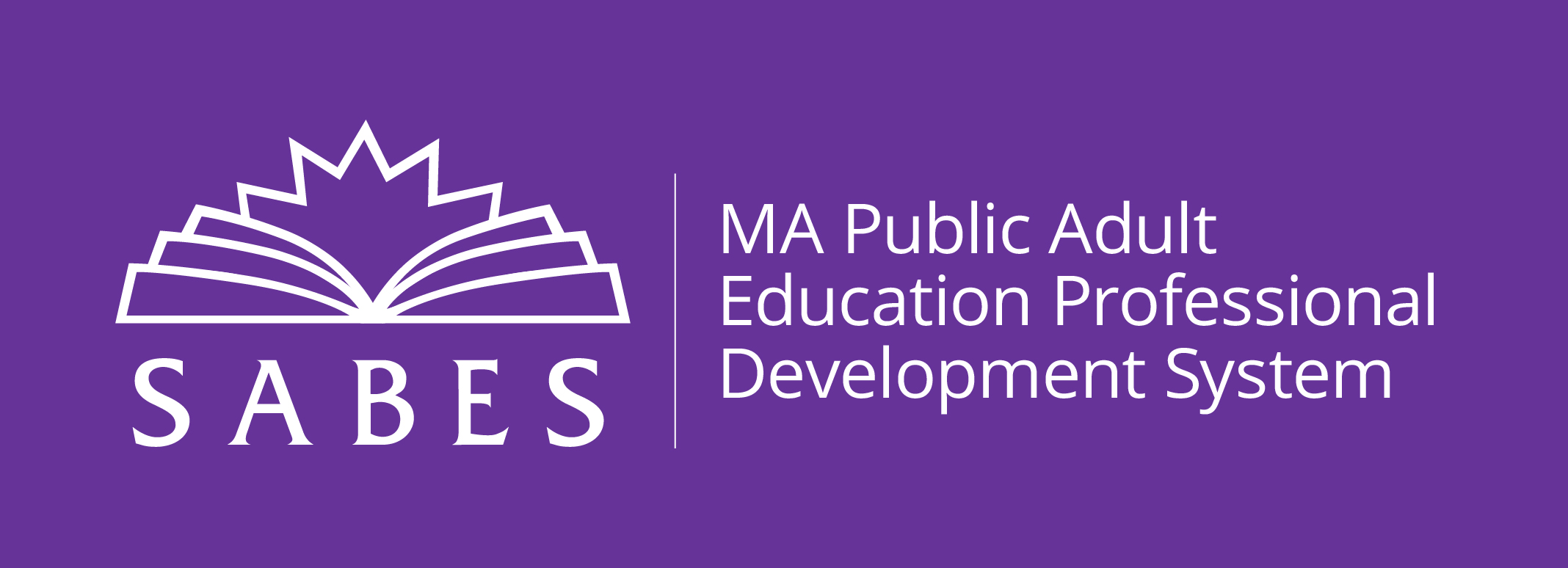Come see how to scaffold learning so that ALL learners can have success with complex tasks regardless of their English proficiency levels! Scaffolding includes building on learners’ prior knowledge, promoting supportive classroom interactions, providing language supports and tools, and assessing when learners are ready to move to the next level of complexity. The examples of scaffolding techniques provided for beginning through advanced English learners enable participants to consider the applications to their settings in both ESOL and ABE classes.
Please note: This course will take place in Blackboard where you will find all virtual session information, course materials, and additional resources. You cannot access the online course from the SABES website. You will receive a separate email one to two days before the course begins with instructions on how to access the Zoom session. If you do not receive these instructions, please check your Spam folder and/or send an email to nruskin@edc.org.
- Teachers of adult English learners
- Teachers with adult English learners in their classes
This professional development activity/course is designed for:
Part of creating an optimal learning environment in adult education and ESOL classes is challenging learners with rich content and tasks that represent the demands they face outside of our classrooms. This can sometimes be challenging for teachers in multilevel classes, a reality of just about every English language and adult education program, where learners have varying levels of readiness for complex classroom tasks. In this session, we explore the many ways that we can scaffold classroom activities in both online and in-person environments to provide learners with the support they need to complete complex tasks. We see how to build on learners’ prior knowledge, promote supportive classroom interactions among learners, and provide a variety of language support and tools to ensure success for learners with varying backgrounds, levels, and needs. We will provide examples of scaffolding techniques for beginning through advanced English learners so that you can consider applications to both adult education and ESOL classes.
- Identify ways to scaffold complex, classroom tasks by building on learners’ prior knowledge, creating supportive interactions, and providing the language supports needed for success
- Apply a process of scaffolding with instructional tasks from your own setting
Upon completion of this professional development activity/course, you will be able to:
ESOL teachers will benefit from watching the video, ESOL Instructional Delivery, which shows how scaffolding aligns to the MA ESOL Professional Standard Six: Instructional Delivery.
United States


